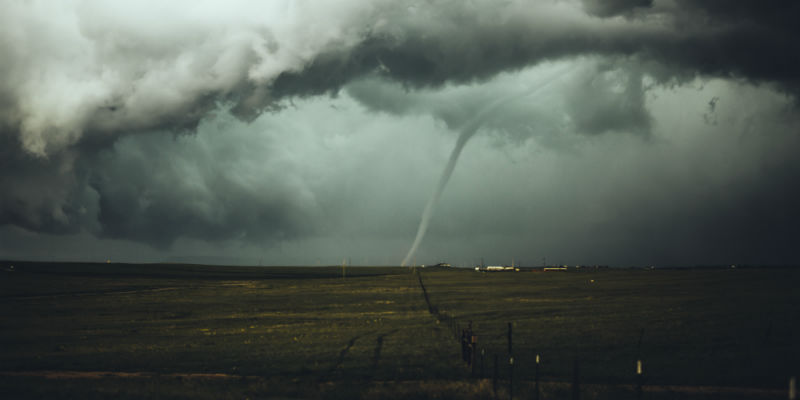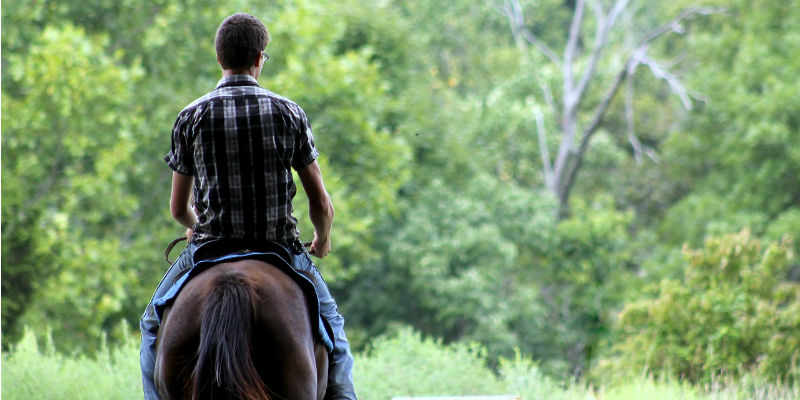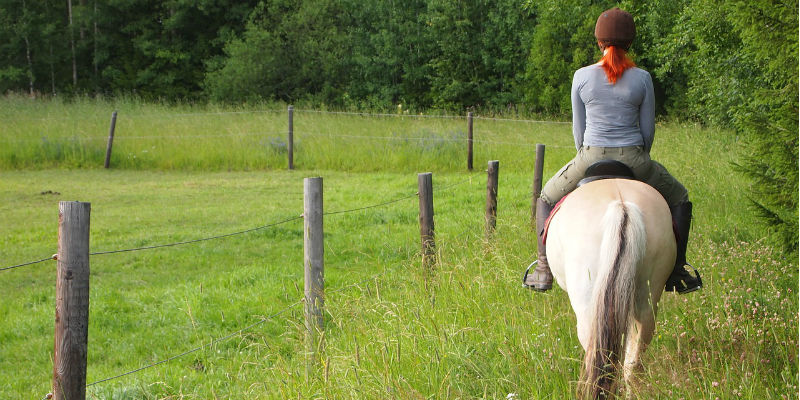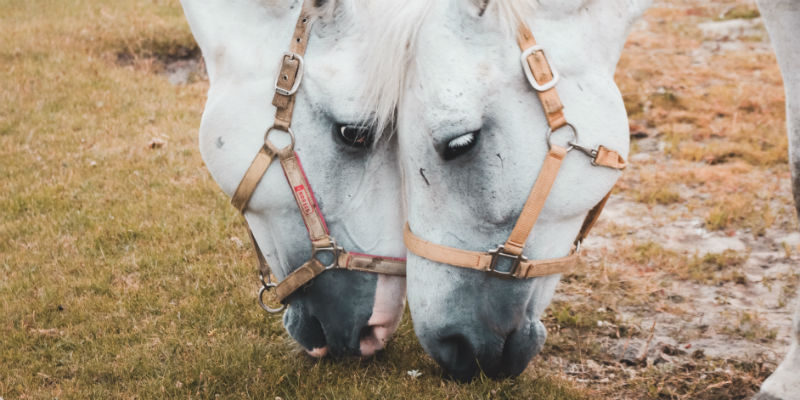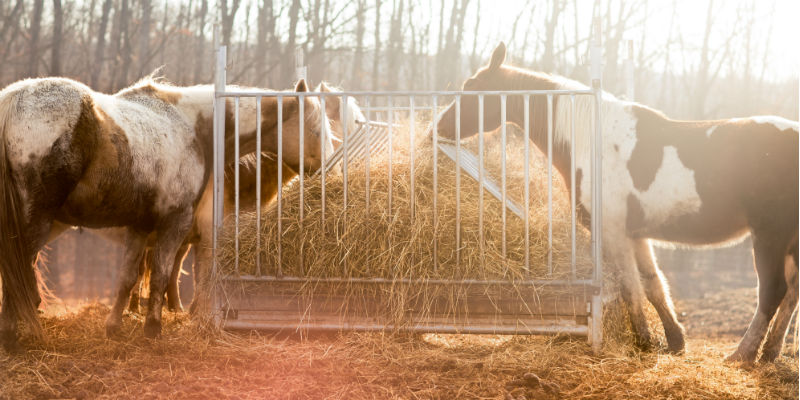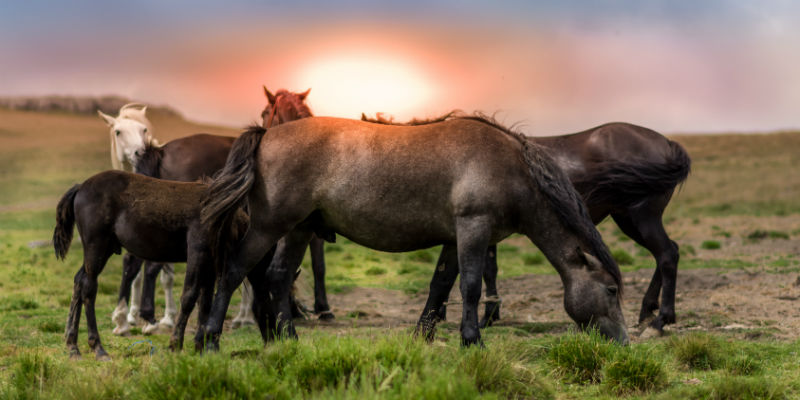Keeping horses can be very hard on the environment. In order to reduce your strain on the world around you, horse owners should practice green horsekeeping. There are many ways that keeping horses impact the land. Manure, insect sprays, and weed killers on the pasture all can play a role in contaminating local streams and waterways. Here are a few things that you can do to practice green horsekeeping and improve your impact on the world.
One of the most important parts of green horsekeeping is making sure your pasture is in good shape. That means making your pasture healthy and mud-free. Less mud means less standing water, and no more runoff that’s likely to contaminate nearby streams. If your pastures are healthy, they’re also more likely to be weed-free, with a reduced need for toxic herbicides. A single horse can produce as much as 50 pounds of manure per day. That’s nine tons a year. What you do with the manure on your farm is important when it comes to protecting the environment. Composting is an ideal solution because it improves the soil. And then there’s building on your property. Whether you’re just building your barn, are making an addition, or are simply fixing fences, the type of construction you choose is an important environmental decision. Another option to consider is a wood composite. This manmade, wood-like product is made from as much as 65-percent recycled materials, including both recycled wood and plastic.
Colorado is a great place for raising horses. Many Colorado horse properties already have the structures in places, like barns and tack rooms. This makes for an easier transition when moving and makes green horsekeeping possible. If you have questions about horse properties in Colorado, contact one of our horse person realtors today!




